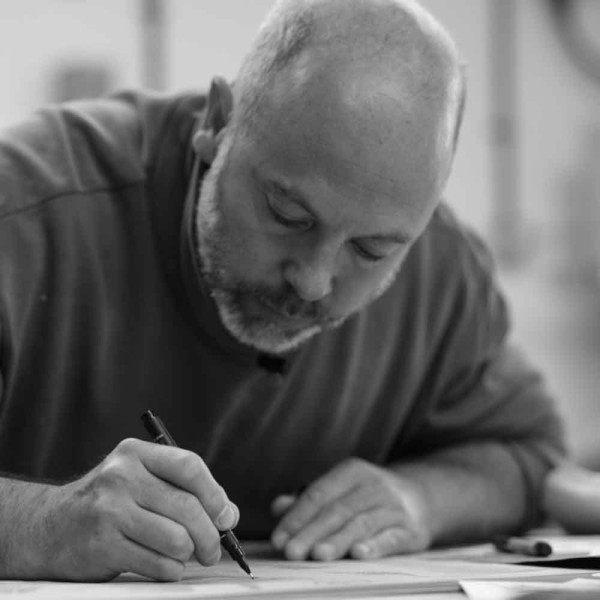PLEASE NOTE: Current lead time is approximately 4 to 6 weeks.
What is sandblasting?

Trends come and go but artistic styles can resonate for generations. An example of this is etchings – an innovative form of art where incredible creations are made by scratching away at materials to leave a pattern that is truly unique. While time consuming, this artistic style is highly rewarding for artists and art lovers alike and sandblasting is a modern adaptation of this.
So, what is sandblasting?
Put very simply, sandblasting is the process of blowing away the surface of your material, such as glass, with grit which etches a pattern onto the material. It developed out of a process used to clean rust and dirt off surfaces that good old elbow grease just couldn’t shift. Before long it had been adapted into a highly effective art form and one that is utilised in a variety of ways to create unique designs on mirrors, plaques and even pint glasses.
Depending on ability and experience, some artists will choose to do this completely free-hand to create a genuinely unique effect, while others will create a template that protects the pattern they want to leave and is in line with their pre-planned design.
Deep blasting can help to create something of a textured effect, even a 3D effect to the material and it’s particularly useful when it comes to making designs on glass. If you’ve ever touched a frosted glass window, you’ll likely have noticed a distinguishing section where the clean glass meets the frosting, and that is the intersection between the design and the original effect created by deep, powerful blasting.
There are two main types of sandblasting processes, often referred to as “suction” and “pressure” blast systems. The pressured method is widely regarded as the more effective method due to the extreme amounts of power helping to make the process more efficient.
The power comes from compressed air canisters connected to a nozzle that propels the sand or grit onto the material at high speed, lightly chipping away at the material to create the desired effect.
From an artist’s perspective it is a challenging technique that can take many years to truly master. It’s worth starting out with glass samples or cut offs, something many glaziers will be happy to give away for free. You can then try the different sandblasting methods – free-hand or masked – so you can find out what works best for you.
You can then build up over time to create more and more complex, using the glass as your canvas to create some truly spectacular art designs, like those I created below. From this point on the world is your oyster as you can start to work on uneven or curved surfaces.
ABOUT THE AUTHOR: Tim Carter
Based in Knossington, Rutland, Tim Carter specialises in designing and creating beautiful glass wall art, glass house signs and 3D sculptures. In 1992 Tim graduated from Chelsea College of Art & Design where he gained a BA (hons) in Public Art. He went on to work with a team of Artists at the Victoria and Albert Museum in London installing a steel and glass balustrade designed by Danny Lane. Read More >



